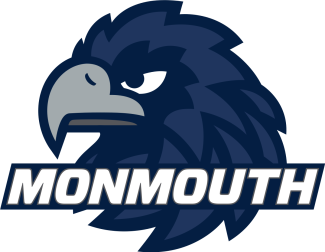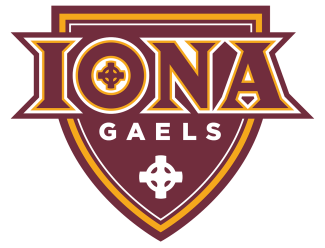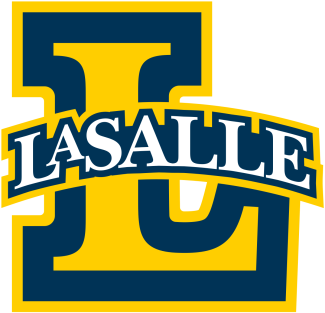Do you still play?
A little bit. I got a little guy now, a son. I retired when I was 27. I’m 39 now. Once the book came out, I settled down. I still pick up a stick occasionally. I do a lot of Indigenous youth lacrosse camps. Anytime the community asks, I’ll do that work. But I’ve moved onto different projects.
Ironworkers, right?
I have shifted to studying ironworkers, yes. But there is a connection to lacrosse. I got into this project partly because many of the lacrosse players I interviewed from the Haudenosaunee and Anishinaabe territories did ironwork. I try to use stories of Indigenous history as a way to bring light to Indigenous nationhood, self-determination and sovereignty. I’ve done that with lacrosse and will continue to do that with future projects, including ironworking.
Do the Dakelh have a version of stickball that aligns with lacrosse?
Not that I’ve seen, but that doesn’t mean it doesn’t exist. People underestimate how widespread the game of lacrosse was before colonization and contact with non-Indigenous peoples. We know lacrosse existed in Nova Scotia among the Mi'kmaq all the way south to Florida among the Seminole Nation, west to the Pomo Nation in California, north to the Coast Salish territory in Washington State and British Columbia and all in between. Indigenous communities had variations of the game of lacrosse before contact.
Having graduated in 2007, you would have played in that wild and fluky NCAA championship game — the one against Le Moyne where the errant pass went in the goal for them to win it, right?
[Laughs.] Thanks for bringing that up. I was on the field for that goal. I chose Mercyhurst for a bunch of reasons. It was super close to my house and I was homesick. That was a big one. But also they had a stout Division II program. We ended up in the final four three of my four years there and then in the national championship game in 2007. I was the captain of that team. I played defensive midfield. And yeah, it was a wild game. It ended up 6-5 with a deflection for the winning goal with a couple seconds left. It was an incredible experience to play in front of 20,000 fans at M&T Bank Stadium in Baltimore.
Did you feel differently playing lacrosse the more you attached yourself to “The Creator’s Game” project?
It certainly shifted the meaning of it in several ways. I came to the understanding that this for Indigenous communities went well beyond sport. Working with Indigenous elders and storytellers to understand how it’s grounded in Indigenous communities, Indigenous brilliance, Indigenous governance, Indigenous languages and Indigenous history ultimately gave me a greater respect and appreciation for it.
At the same time, I admittedly say that I became kind of cynical of the way in which the modern game operates and how it has developed over time. Lacrosse has a very dark history in the sense that it was appropriated and taken from Indigenous communities. It was redefined to help establish the sport in Canada and the U.S. as national identities. And that became so powerful, so pervasive in the minds of Canadians and Americans that they actually introduced the game of lacrosse in residential schools and boarding schools to assimilate Indigenous youth.
And so on one side I have this great appreciation for Indigenous contributions to the game and its meaning, to see how Indigenous athletes, teams and organizers are thriving now. But certainly it’s balanced by this ultimately dark legacy of lacrosse in U.S. and Canadian history.
To hear lacrosse was used in residential schools as an assimilation tool — that seems especially wrong.
Famously, the Carlisle Indian Industrial School (1879-1918 in Carlisle, Pa.) introduced lacrosse to its students. Boarding schools targeted Indigenous youth and Indigenous communities in their attempted elimination of those communities and the identities of Indigenous youth. And they were using lacrosse to do it.
It’s hard to put into words the gravity of how many schools were doing this in Canada, specifically. It was used in almost every province as a tactic to assimilate Indigenous youth in the early 20th century. The legacy of these policies and the legacy of the way in which the game developed still has implications to this day.
But what I love about the story of lacrosse is Indigenous communities never go anywhere. Even though they were banned from lacrosse organizations, pushed out and generally not a part of lacrosse’s development in Canada and the U.S., Indigenous communities were never defined by their ability to play for, with or against non-Indigenous teams. Their ceremonies, their nationhood, their brilliance, their governance, their languages all continued using the game of lacrosse. It’s a powerful, incredible story.



























































